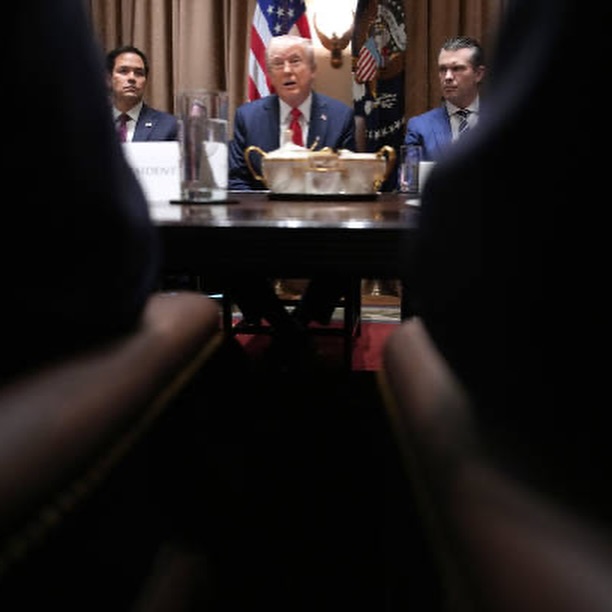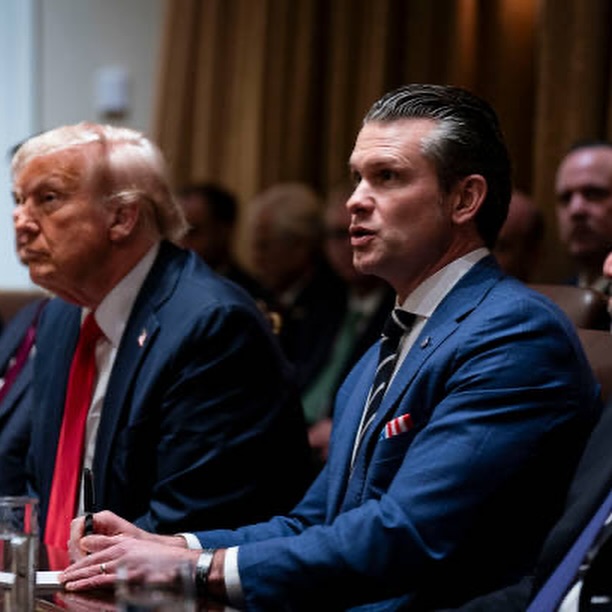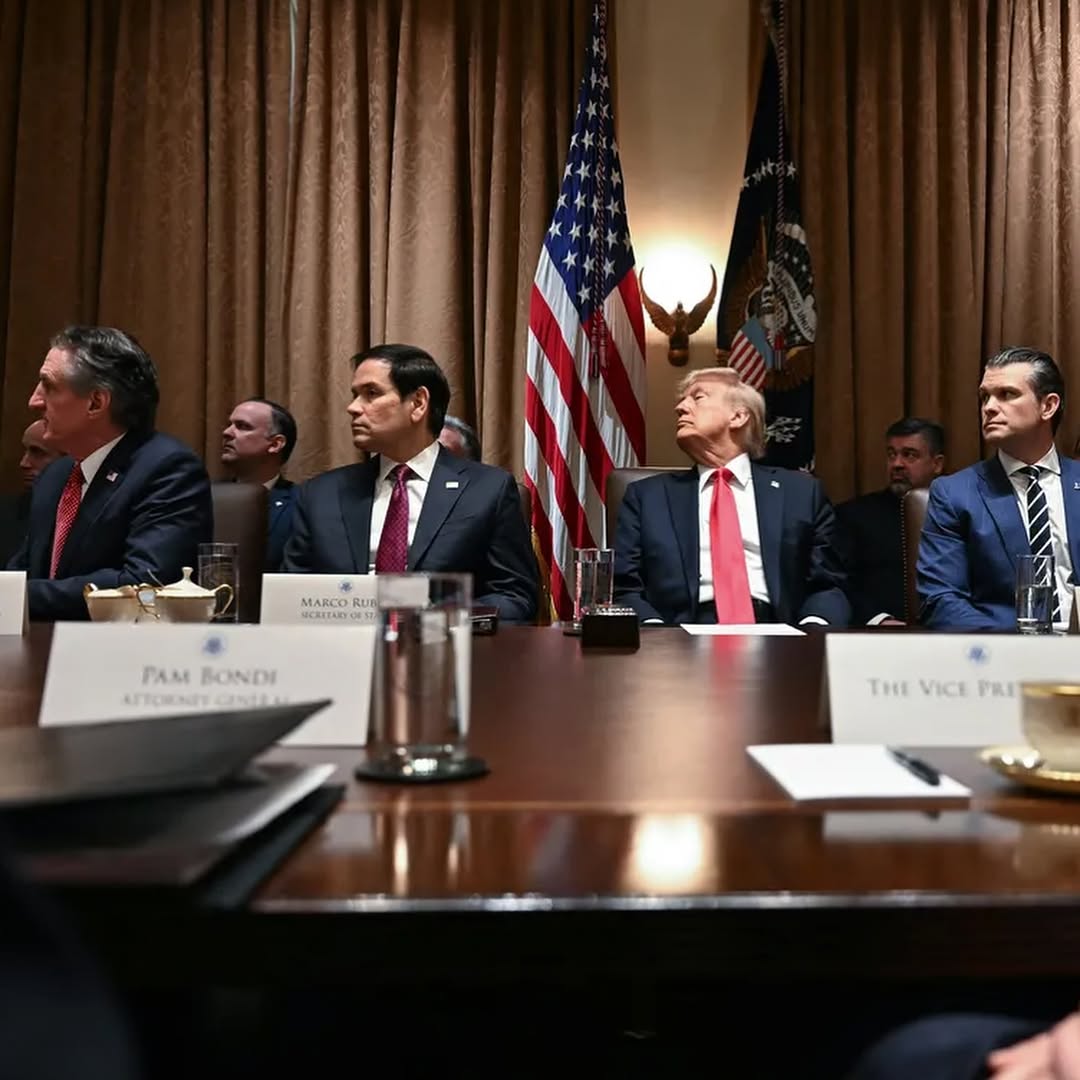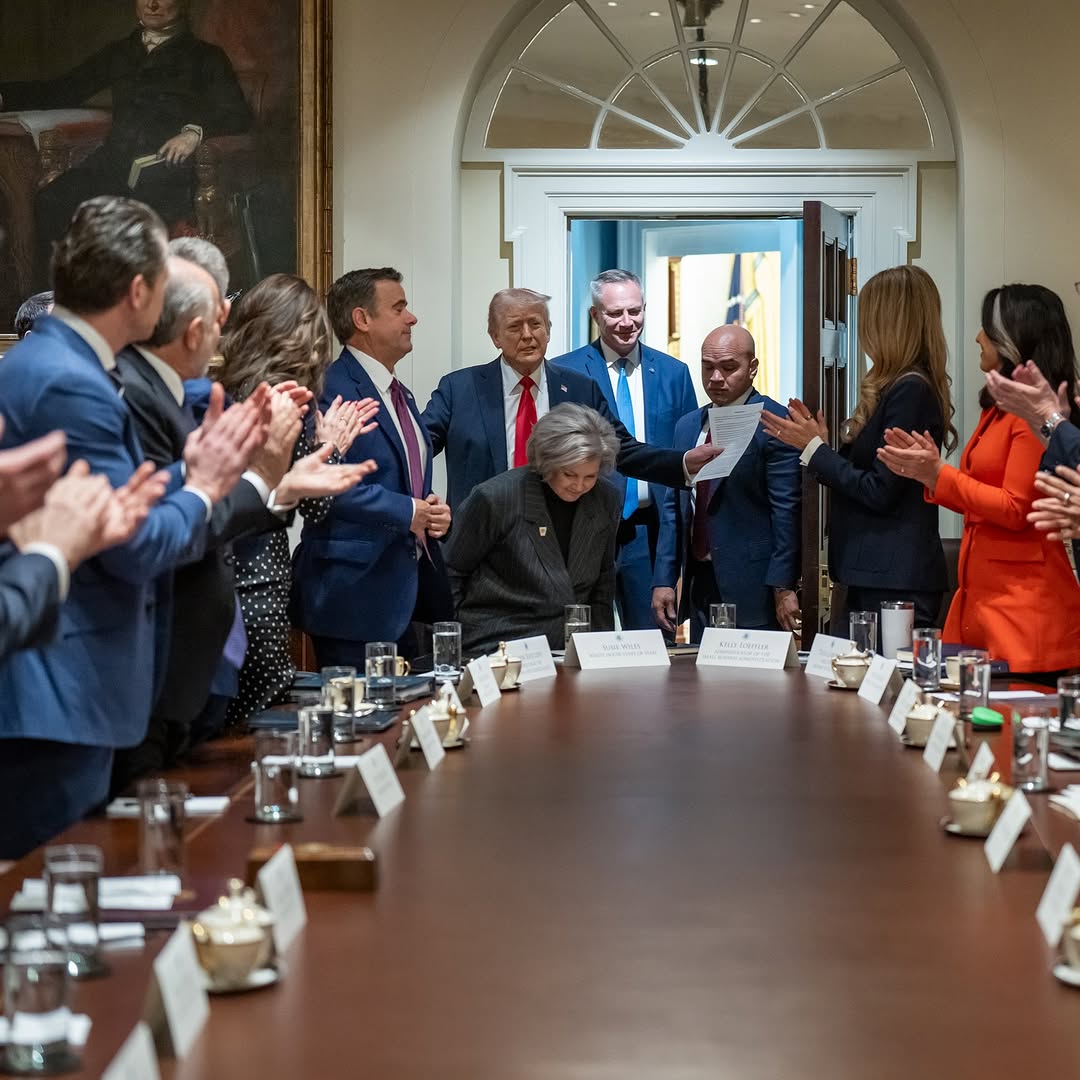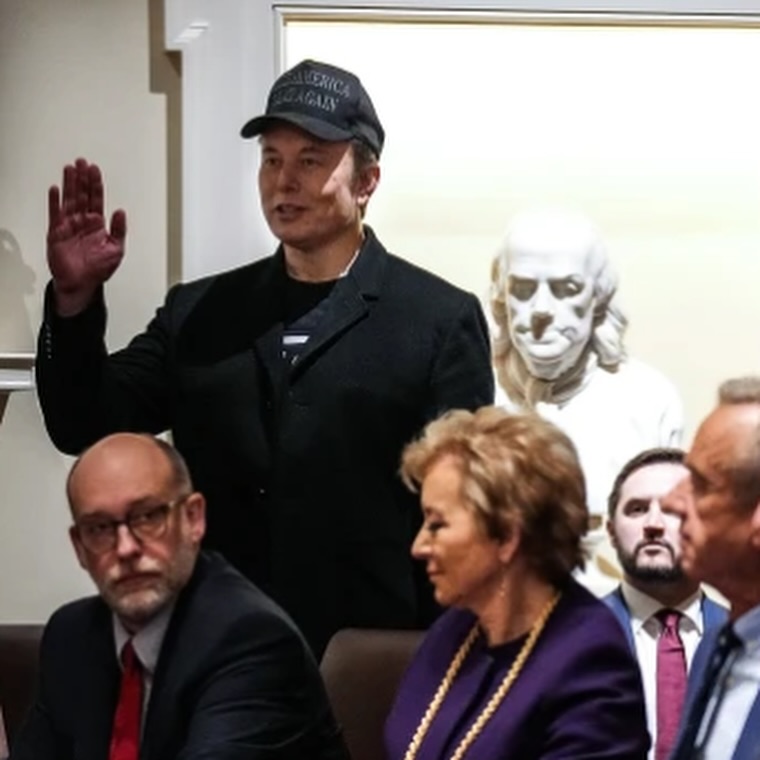President Donald Trump unveiled a new round of tariffs on imported fully-assembled vehicles, announcing a 25% duty on all such imports during a press conference at the White House. This announcement, which had been initially scheduled for April 2, was brought forward as part of the president’s plan to bolster the US automotive industry. The tariffs also include exemptions for auto parts, offering some relief to the industry in the short term.
++ The overlooked voices of female birds: new research challenges old assumptions
Trump insisted that these tariffs would stimulate growth in the US automotive sector, saying, “This will continue to spur growth.” He expressed confidence that American car manufacturing would thrive like never before, with no intention of reversing the decision. “This is permanent, yeah. Hundred percent,” he affirmed, indicating the tariffs would last until at least the end of his term in 2029.
The decision has caused concern among both US automakers and international trading partners. Major companies such as GM, Ford, and Stellantis, which rely on overseas manufacturing plants in places like Canada and Mexico, will likely face financial difficulties due to the new measures. About half of the vehicles sold in the US are imported, meaning that the tariffs could lead to a rise in consumer prices, despite the administration’s assurances.
++ US denies Mexico’s water request, escalating cross-border tensions
In response to Trump’s protectionist trade policies, global financial markets have reacted with concern, and some of the president’s closest allies, such as Canada’s Premier Doug Ford, have threatened retaliatory tariffs. With further trade measures expected in the coming days targeting a variety of goods, including computer chips and pharmaceuticals, the long-term implications of Trump’s economic strategy remain uncertain. States with significant ports, such as Maryland, are also bracing for the impact on jobs and businesses that depend on international trade.
